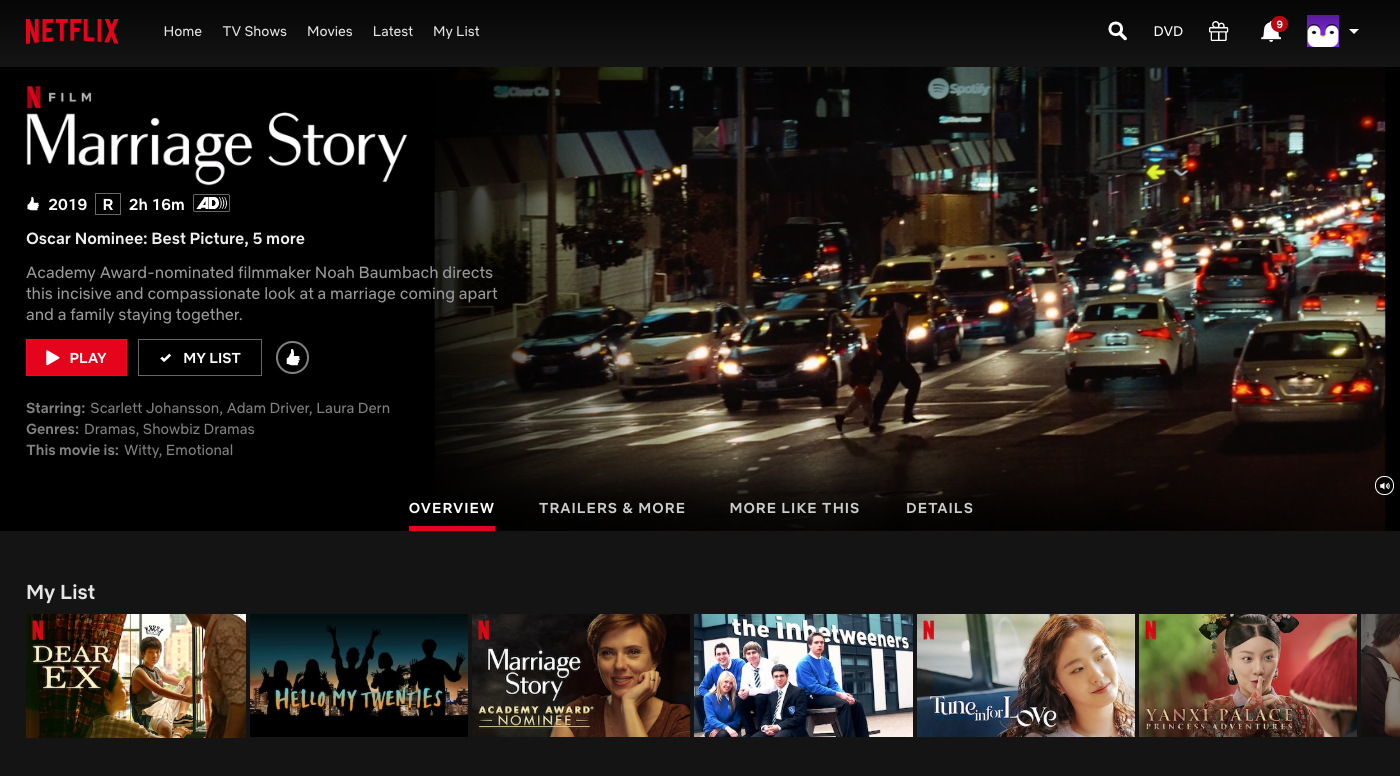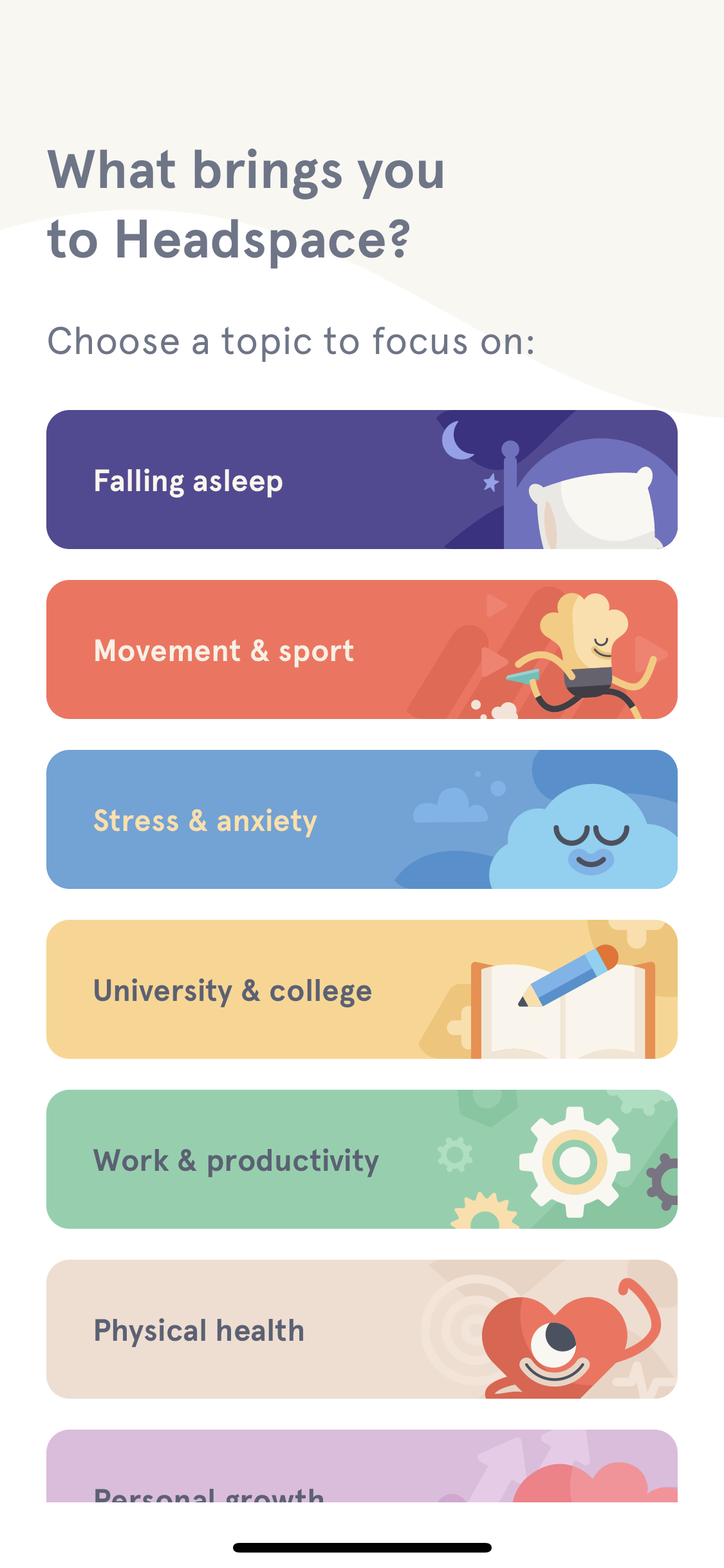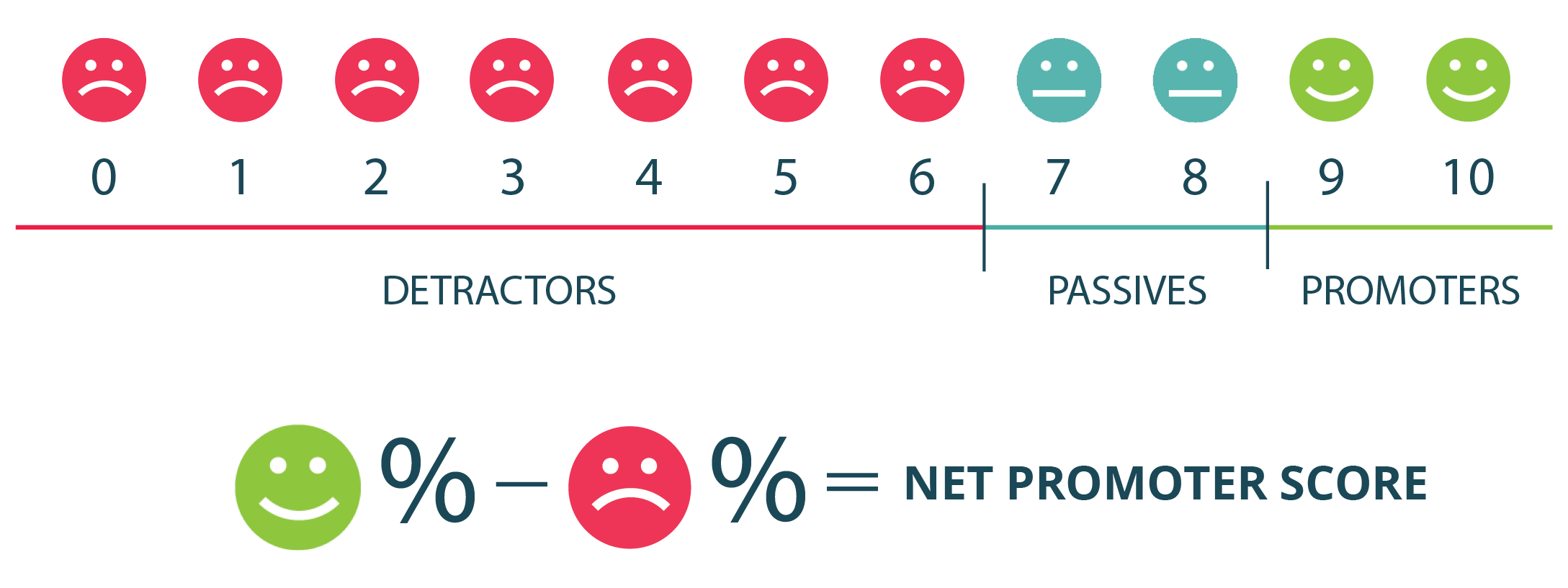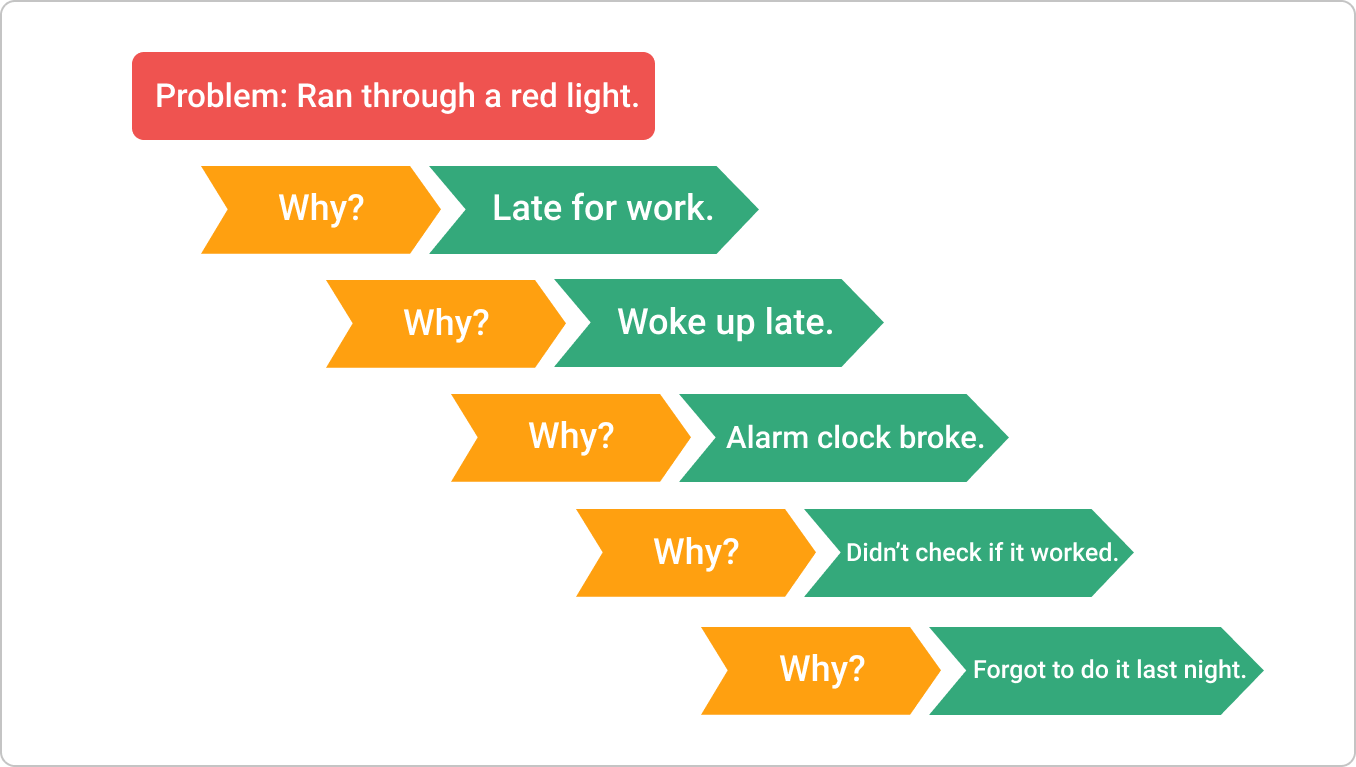4 essential questions to ask throughout the customer journey

.png)

.png)
The customer journey is a useful abstraction for thinking about how people go from being aware of our products to becoming regular users and advocates.
But abstractions aren’t a whole lot of use without meaningful actions behind them.
To really make improvements to your product, you need to talk to your users.
Whether in-person, in-app, or through emailed surveys, take the time to check in with users and stay on top of what matters most to them now. This 2-way feedback is also one of the most powerful tools you can use to help people progress through their journey to become a habitual user of your product.
Let's take a look at some examples of questions you should be asking your users at each stage in their journey. We’ll go through how to use these questions strategically to get the right kind of information from your users—the kind of data that's going to help you take meaningful action.
At each point along the customer journey, users will have different needs, questions, and problems that they want to solve. To get the most valuable information, ask different questions depending on where a user is in their product experience:
Of course, you don't want to overload users by inundating them with nonstop questions.
Instead, try asking a few questions early on to gauge their initial experience with your product. Then, narrow the scope of your feedback requests and focus on learning from your retained users—these are the folks who know your product best (bugs and all) and can help you improve it for everyone.
Without further ado, here are 4 questions to ask your customers throughout their journey.
Even if you only have one product—or versions of the same product—people likely use it for different reasons.
Conduct user interviews to learn how people really use your product—and how they want to use your product in the future—and create user segments based on this feedback. This will allow you to target different user groups more effectively by providing relevant communications that add value.
Take a look at how Notion puts this question to use straight away in their onboarding: Notion personalizes the types of templates it shows to new users based on how they describe themselves during account setup. This means self-identified marketers get to explore relevant use cases (like a content calendar or brand asset library) instead of, say, an engineering resource that might not get them as excited about the flexible workspace.


For a different approach, take a look at Netflix. All customers perform the same activity—streaming movies and TV shows—but what they’re watching varies dramatically. Some people only want to watch rom-coms, while others stream nature documentaries.

Since tastes in movies and TV is so varied and nuanced, it would be impossible for Netflix to create enough personas to accurately segment new users. Instead, they ask people to answer personalizing questions during signup and use algorithms that take user behavior and ratings into account to deliver increasingly personalized content as time goes on.
Ask this question during acquisition to understand what motivates people who are assessing your product for the first time. This insight will not only give you a better sense of what makes your product stand out, but it will also allow you to segment users and deliver personalized experiences later on.
With segmentation, you can focus on your most profitable users by surfacing patterns and trends, like which cohorts of retained customers use premium features most often. Once you know how these users behave and what their goals are, you’ll be better able to cater to their needs and create relevant upsell opportunities further along the customer journey.
Venture capitalist Tomasz Tunguz explains the benefits of segmentation and buyer personas this way:
“Personas anchor product design and development, marketing and sales, and even customer success to tangible user archetypes. Personas define the company’s strategy of which customers to pursue and which not to.”
Use the feedback you get at this stage as a way to understand what your users want to accomplish and leverage this information to help them succeed.
You build products based on your users’ needs.As those needs change, so should your product. Failing to do so will eventually drive your customers away to find something else that solves their current problem.
Abhishek Madhavan of Freshdesk puts it another way:
“A company isn’t a product-creating and product-enhancing establishment, but rather a customer-creating and customer-retaining establishment.”
The key to building a “customer-creating and customer-retaining” experience is to evoke emotion. This emotional aha moment looks different for every product—but at its core, it’s that moment of relief and excitement when users finally discover a solution to their problem.
Ask this one during onboarding and use the answers to tailor the product experience to an individual’s needs. For example, meditation app Headspace lets users self-select their end goal after signing up. Based on their choices, the app recommends a set of meditation exercises for users to complete each day.

This level of personalization is about so much more than just addressing users’ by their first name in the onboarding flow. It’s about understanding each person’s individual journey toward reaching their goals, ultimately allowing you to keep users engaged and create deeper relationships.
Let’s say you have a cohort of users who frequently log in and rely on your product for multiple use cases. It’s clear that your product has become key to achieving their goals, but how happy are these users? To gauge satisfaction, ask these regular users if they would recommend your product to those closest to them.
Net Promoter Score (NPS) does exactly this: It’s a one-question survey that asks users how likely they are to recommend your product to a friend. NPS can be an invaluable source of information for product managers because it measures customer sentiment about your brand at a specific moment in time (to go deeper, we recommend following up with another short set of questions on why users specifically feel the way they do).
Depending on the NPS answers, users are then grouped into three main segments: detractors, passives, and promoters.

We recommend asking this question in the engagement phase of the customer journey. This is when customers have mastered the core use cases of your product and have fully integrated it into their workflows.
When people are using your product this frequently, it's important to understand what keeps them coming back to it—is it the features, the user interface, or something else?
After you've onboarded users and they've had a chance to use the product, send out an NPS survey asking them how likely they are to recommend your app to their family and friends. Also, ask why respondents feel the way they do.
Then group users so that you can learn:
Use your findings to update processes, features, and anything else you need to get users to experience value as early as possible, turn them into promoters, and move them towards retention.
Some of your regular users eventually become champions. They form an emotional connection to your brand and rely on your product for more than just “getting the job done.” They are invested in the future of your product and want to see you succeed.
Users at this stage of the customer journey can give you valuable feedback to help you improve your product. The key, however, is to dive deep into this feedback and understand the underlying motivation.
One strategy to add to your user interview toolkit is the 5 whys mental model—a type of root cause analysis developed by Sakichi Toyoda, the founder of Toyota. Instead of assuming why a user wants to change something about your product, keep asking “why” to get to the root cause.

By continuing to ask “why,” you eventually get to the real reason behind the issue. When the real issue is clear, the solution to the problem becomes more specific and in-line with what users need from you.
This question is best asked to users who have been using your product for a while and feel invested in its improvement. Asking for input from retained users not only makes them feel special, but also uncovers areas of opportunity to improve their experience even further.
For example, let’s say you have a project management app and users say they would change the permission settings. You can use the 5 whys to understand the issue and find the solution to the right problem:
Instead of stopping at the first why and introducing an irrelevant solution, keep asking questions to identify the underlying reasoning. In this example, the root cause is the lack of user education after a redesign. The result is a frustrating experience, which negatively impacts user experience. The lesson gis to invest in in-app education to minimize friction and maximize user success.
It’s easier than ever to contact your customers. Email, text, in-app messaging, social media—there’s no shortage of channels or strategies for communicating with your users.
But, don’t let this convenience lower the bar. You still need to make sure each and every question you ask has a defined purpose and benefit. Create a 2-way feedback loop throughout the customer journey, but respect your users’ time. Take the time to understand your audience and ask relevant questions to the appropriate user group and make sure the results are actionable. After all, what’s the point of gathering all that information if there isn’t a plan (or it’s not possible) to leverage the insights for good?
Click here to learn more about creating in-app messaging, feedback forms, and NPS surveys with Appcues.